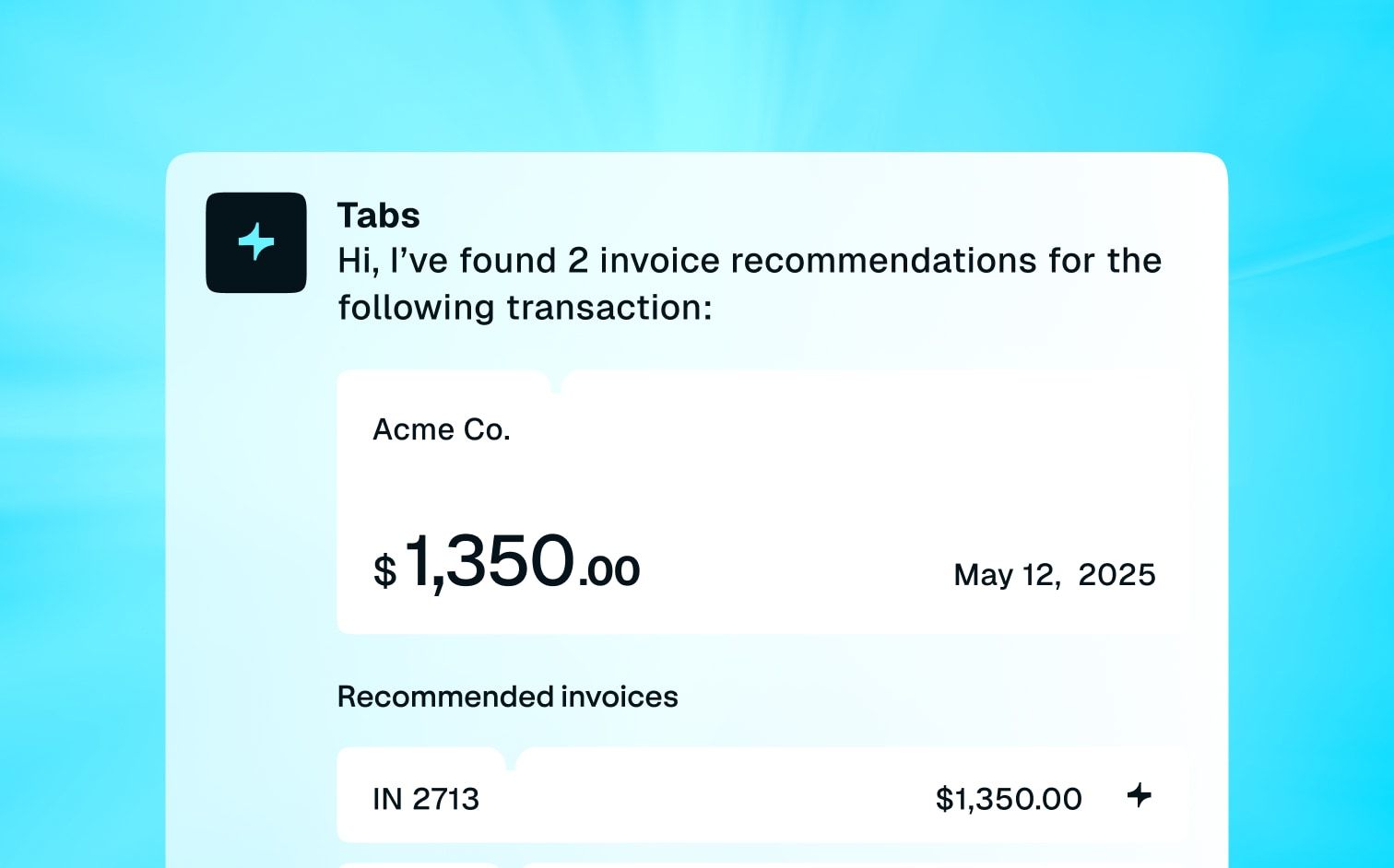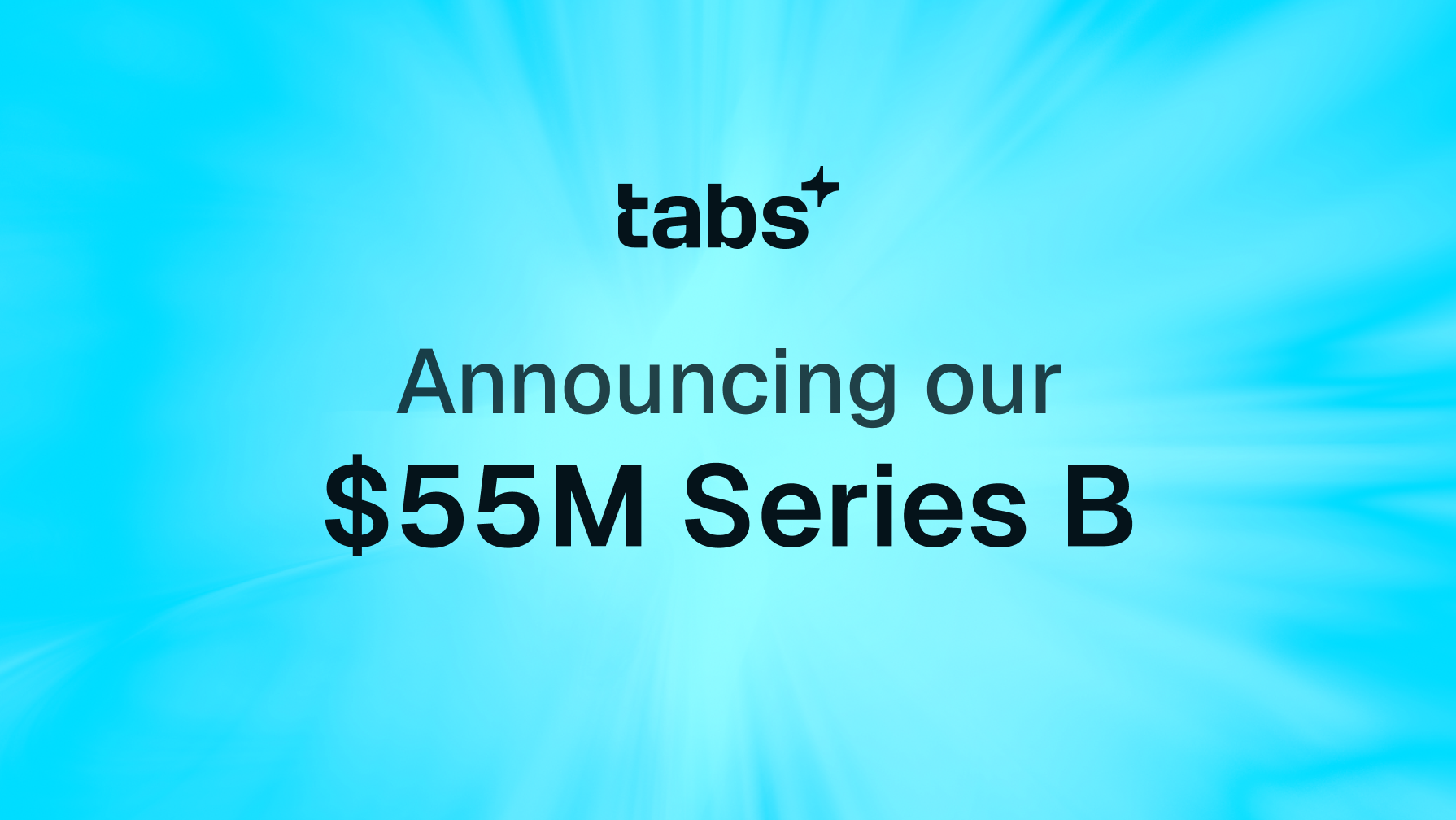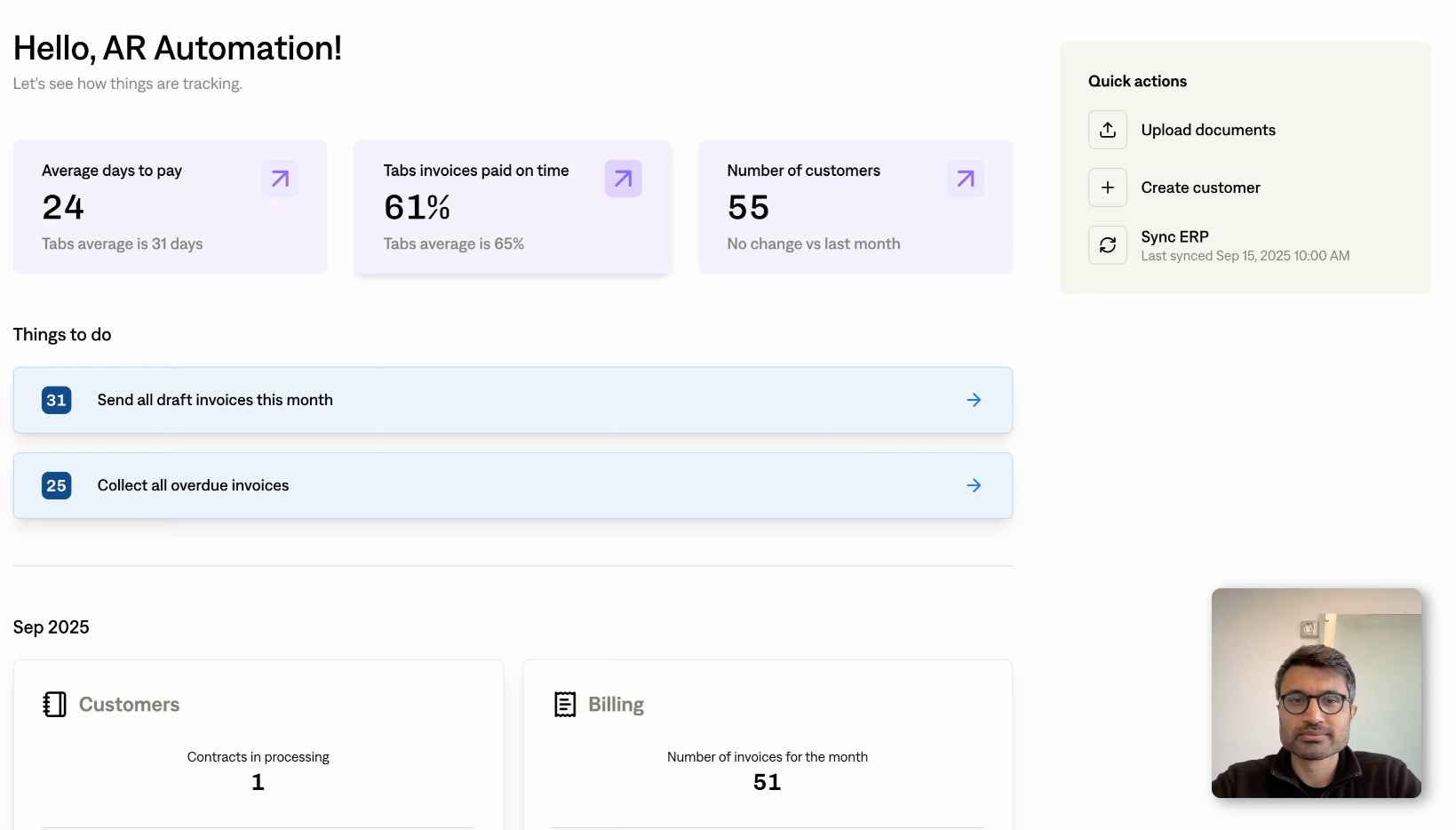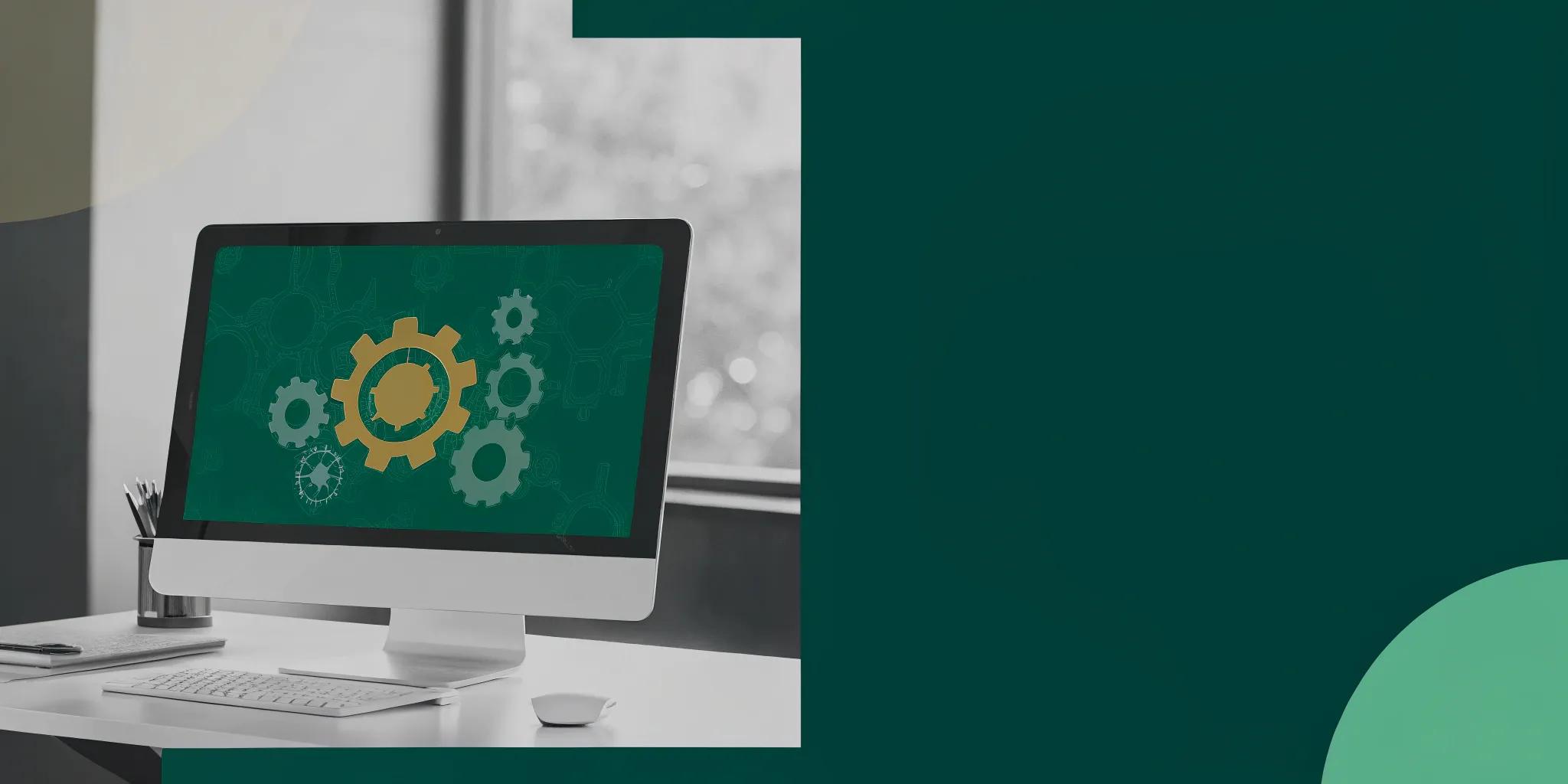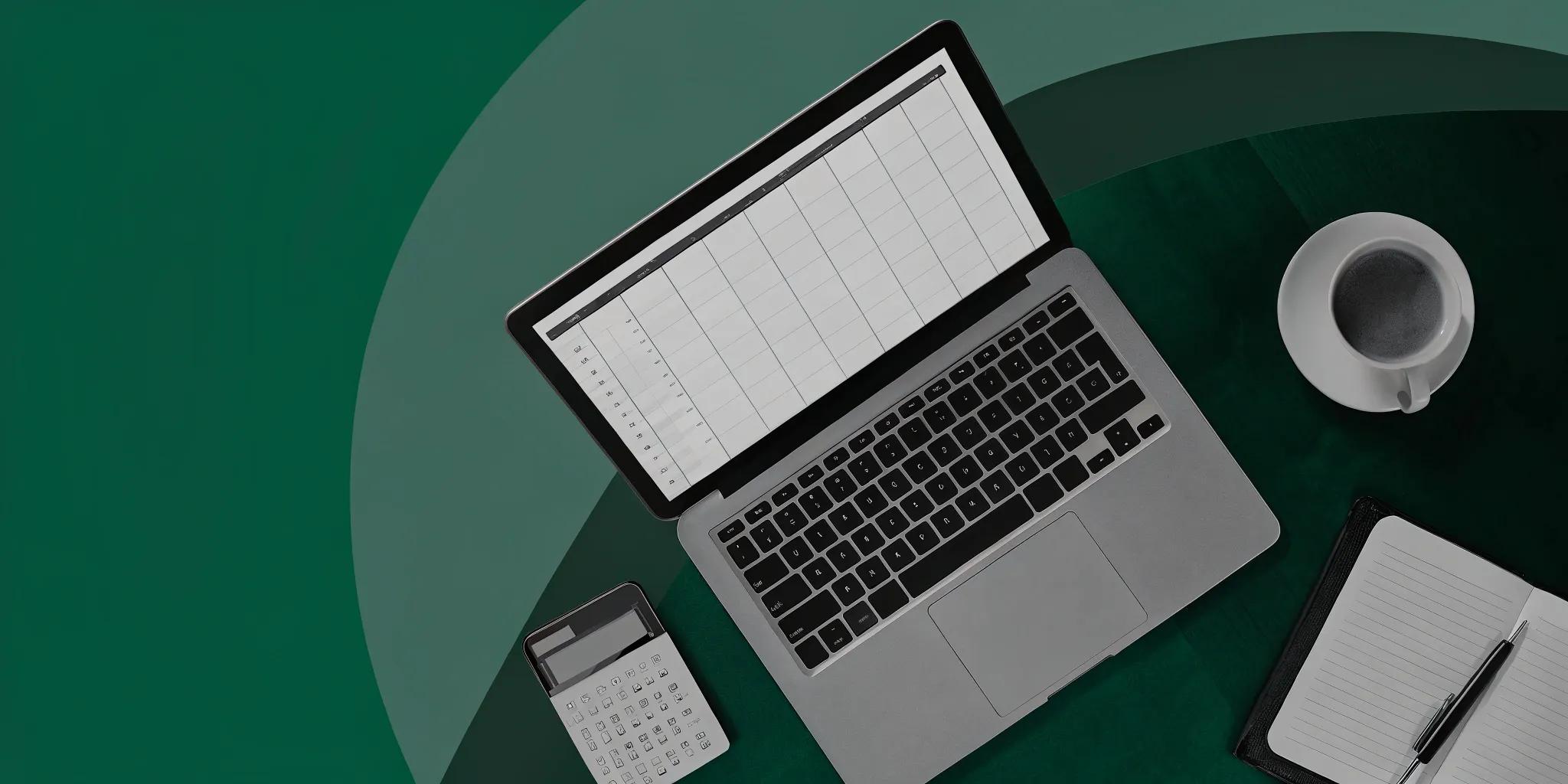Running a SaaS business means managing a complex web of recurring expenses. From software subscriptions to ongoing services, keeping track of everything can quickly become overwhelming. A purchase order template is your key to maintaining order and control in this environment. It provides a standardized framework for all your purchases, ensuring clarity, accuracy, and efficiency.
Here's how to optimize your SaaS purchasing process and keep your finances in check.
Key Takeaways
- Formalize your buying process with purchase order templates: A standardized template ensures clarity with vendors, simplifies complex SaaS transactions, and provides a clear audit trail for financial reporting.
- Find the right template and make it your own: Explore free online resources or paid providers for templates that meet your needs, then customize them to reflect your brand and specific SaaS offerings. Integrating templates with your existing software automates key tasks and reduces errors.
- Establish clear procedures and maintain strong vendor relationships: Streamlined approval workflows, accurate vendor verification, and regular audits are crucial for efficient procurement. Clear communication and attention to detail in your purchase orders build trust and prevent future disputes.
What Is a Purchase Order Template?
Definition and Purpose
A purchase order template is a standardized document used to streamline the buying process. It acts as a formal agreement between a buyer and vendor, outlining all the specifics of a purchase before anything gets shipped. Think of it as a detailed shopping list that helps prevent misunderstandings and keeps everyone on the same page.
This clear information before buying is very important for SaaS companies. Subscriptions, software licenses, and other services often have complex prices. A template helps you and the vendor agree on exactly what you are purchasing and at what price.
Why Businesses Need Them
SaaS businesses, in particular, can benefit from implementing digital purchase order management systems. Automating order tracking and notifications frees up your team to focus on core business activities. Plus, a centralized system for purchase order approvals and recordkeeping improves communication between departments involved in the procurement process.
Imagine a world where your sales, finance, and operations teams all have access to the same, up-to-date purchase information. That's the power of a well-implemented purchase order system.
Benefits of Using Templates
A well-structured purchase order template provides a standardized format for all your procurement activities, saving you time and reducing errors. This standardization ensures smooth transactions with vendors, minimizing back-and-forth communication and potential conflicts. By clarifying payment terms, delivery expectations, and other crucial details upfront, you can avoid costly surprises down the line.
Plus, having a clear audit trail of all purchases simplifies financial reporting and analysis. This is especially important for SaaS companies that rely on accurate revenue recognition. By addressing common mistakes with purchase orders, businesses can improve their procurement operations.
Essential Components of a Purchase Order Template
A well-crafted purchase order template ensures clarity and efficiency in your purchasing process. Here's a breakdown of the essential elements:
PO Number and Date
Every purchase order needs a unique identifying number—the PO number. This allows for easy tracking and referencing throughout the purchasing lifecycle. The date the PO is issued is equally important for record-keeping and managing timelines. Together, these two elements provide a quick snapshot of when the order was placed and help you locate it quickly for future reference.
Buyer and Vendor Information
This section clearly identifies who's buying and who's selling. Include complete contact information for both your company (the buyer) and the vendor. This means including full company names, addresses, phone numbers, and email addresses. Accurate contact information streamlines communication and ensures accountability if any questions or issues arise.
Order Details and Specifications
This is the heart of your purchase order. List every item you're ordering, including quantities, product codes or SKUs (Stock Keeping Units), and the agreed-upon price for each.
Be as specific as possible with product descriptions to avoid any confusion down the line. For example, if you're ordering software subscriptions, specify the edition, the number of user licenses, and the subscription term. Clear product descriptions prevent misunderstandings and ensure you receive exactly what you need.
Delivery Information
Specify the delivery address, requested delivery date, and preferred shipping method. If you have specific delivery instructions, like requiring a signature upon delivery, note them here. Including anticipated shipping costs in this section helps you manage your budget effectively. Clear delivery terms are crucial for timely fulfillment and prevent logistical hiccups.
Payment Terms and Conditions
Outline your payment terms, including the payment due date, accepted payment methods, and any applicable discounts or late payment penalties. Clarity here is essential for maintaining a healthy relationship with your vendors. Clearly defined payment terms help avoid payment disputes and ensure everyone is on the same page.
Approval Signatures
Include designated spaces for both the buyer and vendor to sign, either physically or digitally. Signatures formalize the agreement and demonstrate that both parties have reviewed and accepted the terms of the purchase order. Digital signatures are increasingly common and offer a convenient and secure way to finalize the agreement.
Types of Purchase Order Templates
Different purchasing scenarios call for different purchase orders. Understanding the various types available can help you choose the right one for your needs. Here’s a breakdown of the most common types:
Standard Purchase Order
The standard purchase order is your go-to for most day-to-day purchases. It’s a straightforward document outlining the specifics of a single order. Think of it as your basic template, covering everything from the items you're buying and the quantity needed to the agreed-upon price and delivery date.
This helps streamline procurement and ensures accuracy in every transaction. It’s essential for maintaining clear communication with your vendors and keeping your internal records organized.
Blanket Purchase Order
For recurring purchases of the same product or service, a blanket purchase order (BPO) is a real time-saver. Instead of issuing a new purchase order every time you need something, a BPO covers a set quantity over a specified period. This simplifies the ordering process for frequently purchased items, like office supplies or software subscriptions, and reduces paperwork. You agree on the terms upfront, and then simply release smaller orders against the blanket PO as needed.
Contract Purchase Order
Contract purchase orders (CPOs) are used for long-term agreements with a vendor. They establish the overall terms and conditions for an extended period, including pricing, delivery schedules, and other key details. This type of purchase order is particularly useful for SaaS businesses that rely on ongoing services or software licenses.
It provides a framework for the relationship and ensures both parties are on the same page. A well-defined contract purchase order can prevent future disputes and streamline the procurement process.
Service Purchase Order
When you’re procuring services rather than physical goods, a service purchase order is the way to go. These templates are designed specifically for services, with fields for descriptions, start and end dates, and units of measure (like hours or days). This ensures clarity around the scope of work and helps you avoid misunderstandings. Using a service purchase order keeps your service contracts organized and ensures accurate payment for services rendered.
Find and Customize the Right Purchase Order Template
Finding the right purchase order template for your SaaS business can significantly improve your procurement process. Whether you're a startup or an established company, a well-chosen template helps ensure consistency and accuracy in your transactions. Let's explore some options for finding and customizing these essential documents.
Free Online Resources
Plenty of free purchase order templates are available online, often in downloadable formats like Microsoft Word or Excel. Here are some purchase order templates to get started. These resources offer a quick and easy starting point, especially for businesses with basic purchasing needs.
Review any free template carefully to ensure it includes all the necessary fields for your specific industry. A simple template may suffice for straightforward purchases, but more complex transactions may require additional details.
Paid Template Providers
If you need more specialized or advanced templates, consider paid providers. These templates often come with additional features, such as built-in calculations and advanced formatting. While free templates are a good starting point, paid templates can offer a more polished and professional look, which can be important when dealing with key vendors.
Software with Built-in Templates
Many procurement and accounting software platforms offer built-in purchase order templates. This option streamlines the process, as the software often integrates with other financial tools. Using software with integrated templates can automate many aspects of the purchasing process, saving you time and reducing errors. This integration can be especially valuable for SaaS businesses that manage numerous subscriptions and recurring transactions.
Tailor Templates to Your Brand
No matter where you source your template, customizing it to reflect your brand is crucial. Adding your logo and using your brand colors reinforces your professional image. This seemingly small step can make a big difference in how your business is perceived by vendors and strengthens your brand identity. Consider including specific terms and conditions relevant to your SaaS offerings.
Key Features in Digital Templates
Digital purchase order templates offer significant advantages over paper-based systems. They provide flexibility for adjustments and accessibility from anywhere. Look for features like automated numbering, e-signatures, and cloud storage when choosing a digital solution. These features improve efficiency and reduce errors, allowing for smoother collaboration with vendors and internal teams.
Best Practices for Implementing Purchase Order Templates
Successfully implementing purchase order templates goes beyond simply designing them. You need to think about how they fit into your overall procurement process. Here’s how to ensure your templates contribute to a smooth and efficient system.
Establish Approval Workflows
Clearly defined approval workflows are crucial. Multi-level approvals can slow down the purchase order process. To avoid bottlenecks, streamline your approval workflows and consider automating approvals where possible.
This is especially helpful for SaaS businesses that often handle recurring subscriptions and software purchases. Automating approvals for recurring software expenses frees up valuable time for your team.
Integrate with Existing Systems
Your purchase order system shouldn't exist in a vacuum. Integrate your purchase order management software with other key business systems, such as your accounting or ERP software. A disjointed system can lead to inconsistencies and communication gaps, ultimately hindering your procurement process. Seamless integration ensures everyone has access to the most up-to-date information, reducing errors and improving overall efficiency.
Train Staff on Proper Usage
Even the best templates are useless if your team doesn't know how to use them. Provide thorough training to all staff involved in the purchase order process, covering everything from filling out the template correctly to understanding the approval workflow. Emphasize the importance of accuracy and attention to detail when creating purchase orders to minimize errors and ensure consistent use of the templates across your organization.
Implement a Numbering System
A clear and consistent numbering system for your purchase orders is essential for tracking and organization. This seemingly small detail makes a big difference when you're dealing with a high volume of orders. A well-defined numbering system simplifies record-keeping, audits, and reporting, making it easier to locate specific purchase orders quickly.
Review and Update Templates
Your business needs and processes will evolve, and your purchase order templates should evolve with them. Regularly review and update your templates to ensure they remain relevant and effective. This includes checking for outdated information, incorporating feedback from your team, and making adjustments based on changes in your industry or best practices. Regular reviews help maintain consistency and accuracy in your purchasing process.
Streamline Your Purchasing Process with Templates
Purchase order templates aren't just static forms; they're dynamic tools that can significantly streamline your purchasing process. They bring a level of organization and automation that’s crucial for efficient financial management, especially for SaaS businesses with recurring transactions. Let's explore how templates can transform your procurement:
Automate Purchase Order Creation
Creating purchase orders manually can be a time-consuming process, prone to errors. A standardized purchase order template helps automate this. Think of it as a blueprint for all your orders, pre-filling information like your company details and standard terms. This automation frees up your team to focus on more strategic tasks, like vendor negotiations and contract reviews.
Plus, using a template ensures consistency across all your purchase orders, simplifying record-keeping and reporting. This is especially helpful for SaaS companies that often deal with numerous software subscriptions and recurring services. Tabs' automated invoicing solution seamlessly integrates with purchase order templates, further streamlining your billing cycle.
Track and Manage Orders
Once your purchase orders are created, managing them effectively is the next step. Templates make tracking incredibly easy. With clearly defined fields for order details, delivery information, and payment terms, you have a centralized system for monitoring every stage of the procurement process. This clear overview helps identify potential bottlenecks, anticipate delays, and proactively address any issues.
For SaaS businesses, this is particularly valuable for managing software licenses, ensuring timely renewals, and avoiding service disruptions. Access robust reporting for real-time insights into your spending, helping you stay within budget and optimize your SaaS investments.
Improve Efficiency and Accuracy
Manual purchase order creation opens the door to errors, from typos in vendor information to discrepancies in quantities. Templates minimize these risks by standardizing information and reducing manual data entry. This increased accuracy translates to fewer discrepancies with vendors, smoother invoice processing, and more accurate financial reporting.
For SaaS companies, this precision is essential for managing complex subscription agreements and ensuring accurate revenue recognition. Tabs automates this process and ensures compliance with accounting standards.
Control Costs and Budget
Staying within budget is a top priority for any business. Purchase order templates contribute to better cost control by providing a clear framework for spending. By outlining specific order details and payment terms upfront, you establish clear expectations with vendors and minimize the risk of unexpected costs. This transparency also makes it easier to track spending against your budget and identify areas for potential savings.
For SaaS businesses, this is crucial for managing subscription costs, optimizing pricing models, and maximizing profitability. Extract key contract terms with AI to ensure full visibility into your SaaS agreements.
Enhance Supplier Relationships
Clear communication is key to strong supplier relationships. Purchase order templates facilitate this by providing a clear and concise document that outlines all the essential details of an order. This eliminates ambiguity, reduces the need for back-and-forth communication, and fosters a more efficient and collaborative relationship with your vendors.
For SaaS businesses, this is particularly important for managing software vendors and ensuring smooth, reliable service delivery. Tabs supports various payment types, simplifying transactions and strengthening your vendor relationships.
Common Mistakes to Avoid with Purchase Order Templates
Even with a solid template, mistakes can happen. Here are a few common pitfalls to watch out for when creating purchase orders:
Incomplete Information
Think of your purchase order as a legally binding agreement—everything needs to be crystal clear. Delivery terms and dates are critical components that often don't receive the attention they deserve. Be as specific as possible with details like quantities, product specifications (especially for custom software subscriptions), and delivery addresses. This attention to detail prevents misunderstandings and ensures you receive exactly what you ordered.
Ambiguous Payment Terms
Payment terms are crucial for any business transaction, yet they're often left ambiguous in purchase orders. Clearly define payment methods, due dates, and any applicable discounts or late payment penalties. This clarity helps maintain a healthy vendor relationship and avoids potential disputes. Using a tool like Tabs streamlines payments by automating payment schedules and providing clear documentation.
Neglecting Vendor Verification
Before issuing a purchase order, especially for a new vendor, verify their credentials. This includes confirming their business registration, contact information, and any relevant certifications or licenses. Verifying vendor credentials protects your business from fraud and ensures you’re working with reputable suppliers. For SaaS companies, this might include checking their security protocols and data privacy practices.
Ignoring Change Orders
Software projects often evolve, and changes are sometimes inevitable. Failing to include terms for change orders in your initial purchase order can lead to confusion and disputes later on. Establish a clear process for requesting, approving, and documenting changes to the original agreement. This is especially important for SaaS subscriptions where features and services might be added or modified over time.
Lack of Regular Audits
Regularly reviewing your purchase orders and overall procurement process is crucial for identifying areas for improvement and catching potential issues early on. Regular audits help ensure your procurement process runs smoothly and that any issues are addressed promptly. They also help you stay on top of spending and maintain accurate financial records. This is where integrating your purchase order system with your billing software can be incredibly valuable.
Related Articles
- SaaS Billing Software: A Buyer's Guide
- Order-to-Cash (O2C) Explained in 5 Minutes
- What is a PO Number & Why It Matters for Your Business
- Choosing the Perfect Invoice Template: A Comprehensive Guide
Frequently Asked Questions
Why are purchase order templates important for SaaS businesses?
SaaS businesses often deal with complex, recurring transactions like subscriptions and software licenses. A purchase order template helps clarify the details of these purchases upfront, preventing misunderstandings with vendors and ensuring accurate billing and revenue recognition. It also streamlines the procurement process, saving your team time and reducing errors.
What's the difference between a standard purchase order and a blanket purchase order?
A standard purchase order is used for one-time purchases. A blanket purchase order (BPO) covers multiple purchases of the same item or service over a defined period. BPOs are great for recurring expenses like software subscriptions, as they simplify the ordering process and reduce paperwork.
Where can I find free purchase order templates?
Many websites offer free, downloadable purchase order templates in various formats like Microsoft Word and Excel. Just be sure to review them carefully and customize them to fit your specific needs. If you need more advanced features, consider paid template providers or software with built-in templates.
How can I ensure my team uses purchase order templates effectively?
Provide thorough training to all staff involved in the purchasing process. Explain how to complete the template correctly, emphasize the importance of accuracy, and outline the approval workflow. Regularly review and update your templates to reflect your evolving business needs.
What are some common mistakes to avoid when using purchase order templates?
Leaving out key details, using ambiguous payment terms, and neglecting vendor verification are common pitfalls. Also, ensure your templates include provisions for change orders, especially in software projects, and regularly audit your purchasing process to identify areas for improvement.

